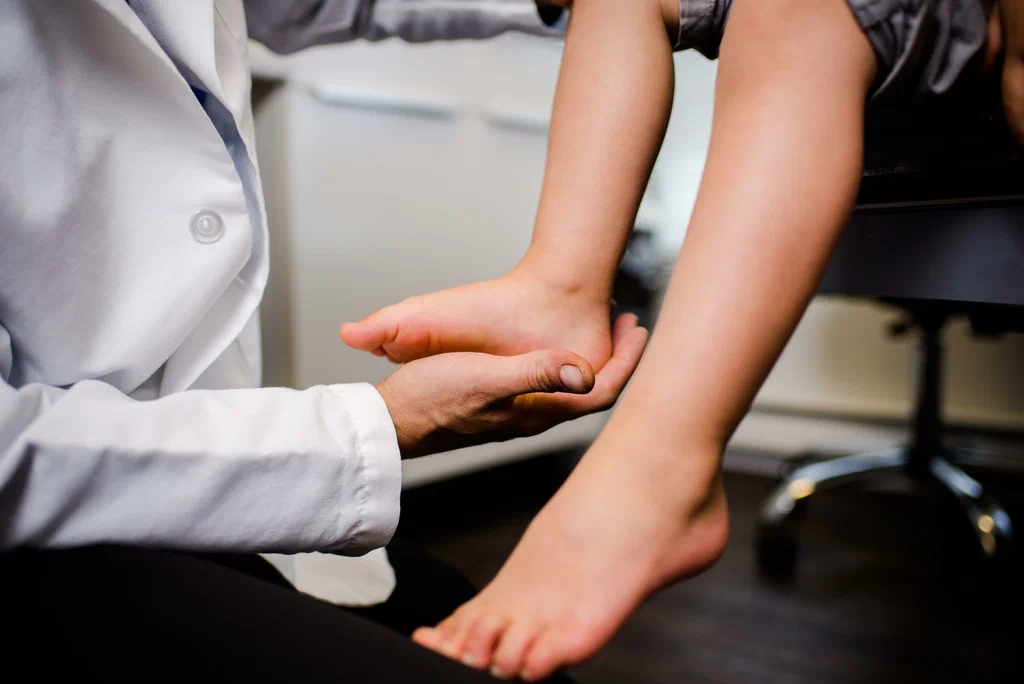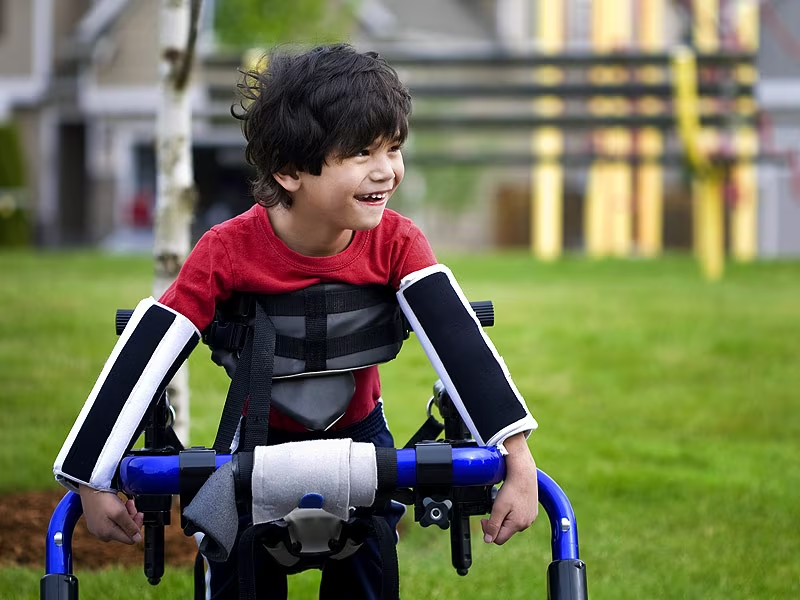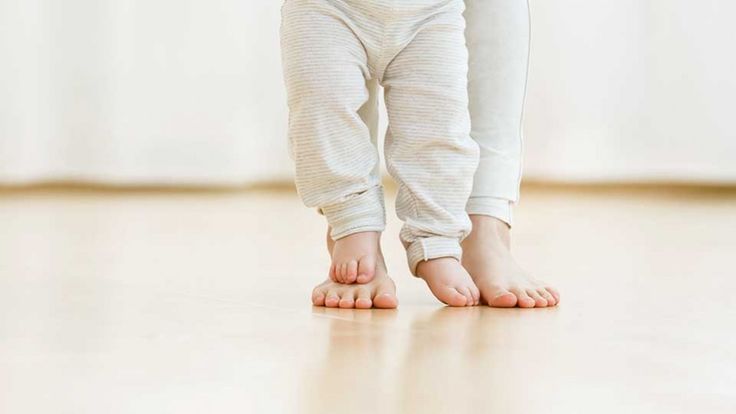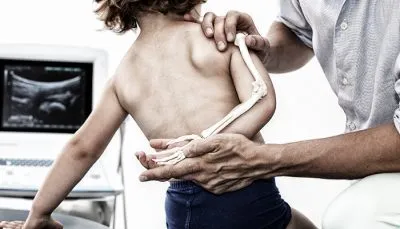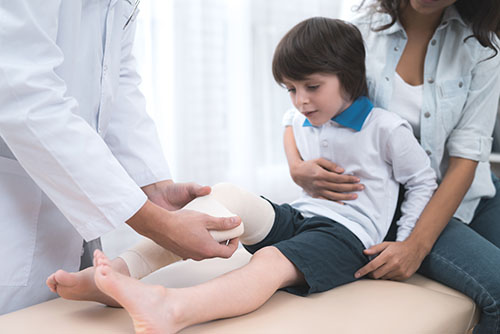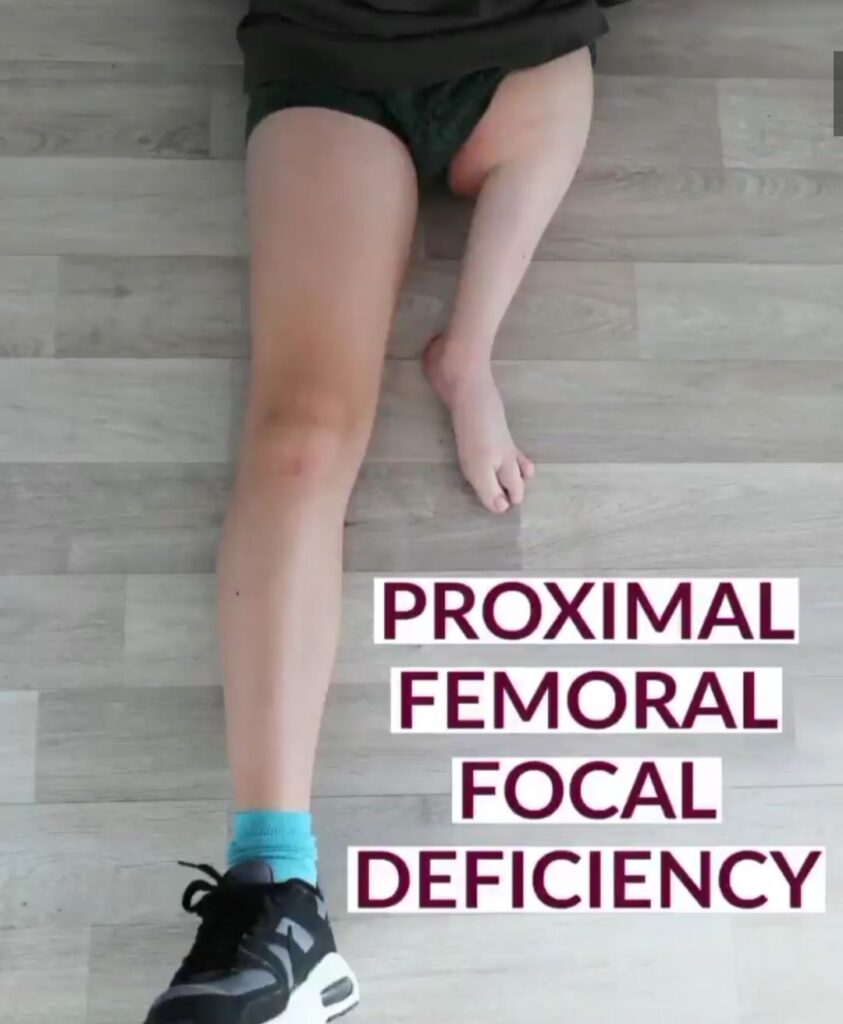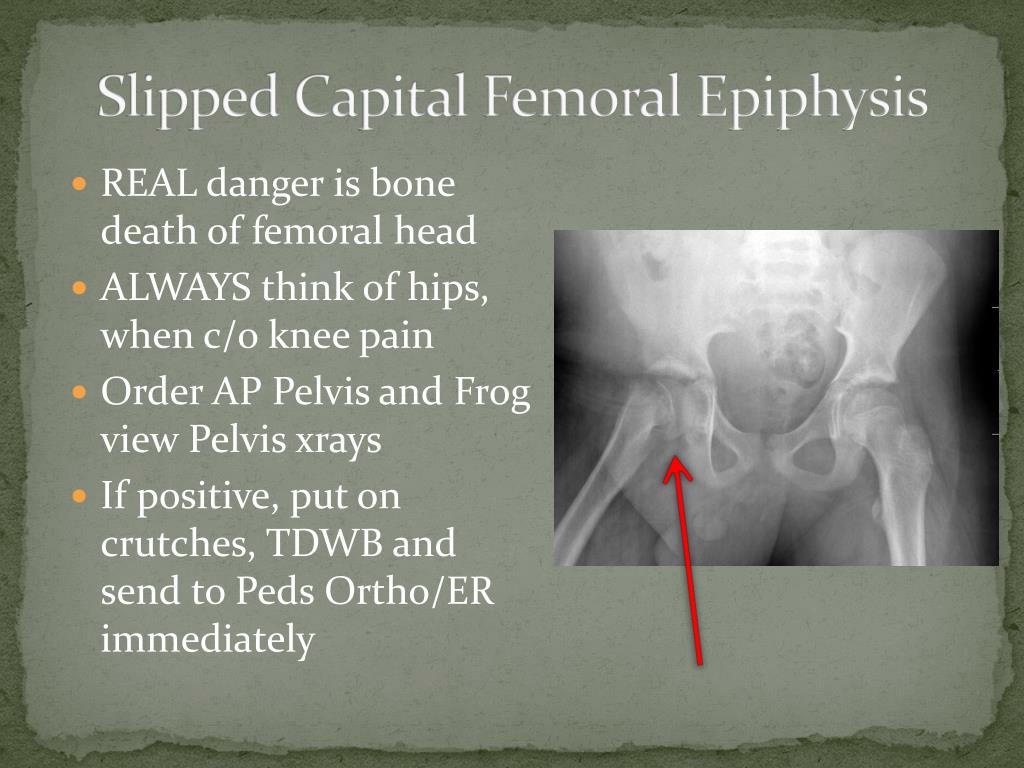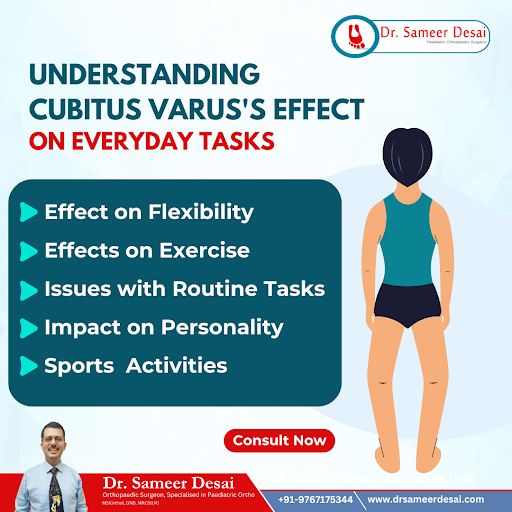Most Common Pediatric Orthopedic Conditions
Early identification and treatment of orthopedic disorders are essential for children\’s health because they promote healthy growth and development. Although most problems can be properly controlled with prompt care, pediatric orthopedic diseases might occasionally worry parents. The most prevalent pediatric orthopedic disorders that Pune\’s top pediatric orthopedic surgeon, Dr. Sameer Desai, treats are discussed here. 1. Flat Feet Flat feet occur when the foot arch doesn’t develop or collapses, which may cause discomfort or walking issues in some children. Symptoms: Pain in the feet, ankles, or lower legs Feet that tire easily after physical activity Difficulty wearing shoes Treatment: Most cases don’t require treatment. For persistent pain or discomfort, Dr. Sameer Desai may recommend: Custom orthotic insoles Physical therapy Supportive footwear 2. In-Toeing and Out-Toeing In-toeing (feet turning inward) and out-toeing (feet turning outward) are common in young children due to leg or hip alignment issues, often improving with age. Symptoms: Noticeable inward or outward foot positioning Tripping or clumsiness while walking Treatment: In most cases, these conditions improve with age as children grow. Treatment may involve: Observation and regular check-ups Stretching exercises Specialized braces in severe cases 3. Bow Legs Bow legs, or genu varum, is a condition where a child’s legs curve outward at the knees, creating a bow-like appearance. It is often seen in toddlers learning to walk and usually corrects itself. Symptoms: Noticeable gap between the knees when standing Difficulty walking in severe cases Treatment: If the condition persists or worsens, Dr. Sameer Desai may suggest: Monitoring growth patterns Bracing for severe cases Surgery in rare instances 4. Knock Knees Knock knees (genu valgum) occur when knees touch, but ankles stay apart. Common in young children, it may need attention if it persists. Symptoms: Knees that touch while standing with feet apart Difficulty running or walking Treatment: Treatment options include: Regular monitoring Strengthening exercises Corrective surgery for severe cases Toe Walking Toe walking is walking on toes without heels touching. Common in toddlers, it may indicate tight calves or neurological issues. Symptoms: Walking predominantly on the toes Stiffness in the ankles or calves Treatment: Depending on the cause, Dr. Sameer Desai may recommend: Physical therapy to stretch and strengthen muscles Casting or bracing to improve foot positioning Surgery for severe or persistent cases Conclusion Pediatric orthopedic conditions, while concerning, are often manageable with early diagnosis and appropriate care. Dr. Sameer Desai specializes in providing comprehensive treatment for children, ensuring they achieve optimal mobility and a healthy future. If you’ve noticed any of these conditions in your child, consulting a pediatric orthopedic specialist is the first step toward effective management.
Most Common Pediatric Orthopedic Conditions Read More »

